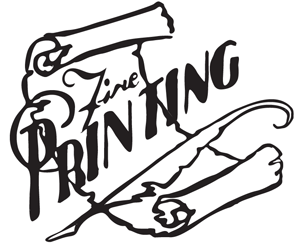


The Risograph printer, in contrast to conventional photocopiers, employed soy-based ink, producing prints with a distinct, handmade appearance. The Risograph printer used a digital file to make a stencil on a master sheet, which was then fed through the machine to make prints. When compared to more conventional printing technologies like offset printing, which necessitated enormous copies in order to be cost-effective, riso printing presents a more attractive and practical option. Riso Kagaku Corporation released the GR3770, the first Risograph printer, in 1986.

The history of risograph printing spans several decades, and both technological developments and creative movements have influenced its development. The use of soy-based ink and low energy requirements make this a sustainable choice. Risograph printing is renowned for its rich, saturated colors as well as its capacity to create precise details and textures that are challenging to attain with other printing techniques. The prints produced in this way have a distinctive, handmade aesthetic that is widely sought after in the art and design industries.

Risograph machines employ a digital image file to create a stencil on a master sheet, which is then fed through the machine to make prints by forcing ink through the stencil onto paper. In order to create high-quality, textured prints, risograph printing combines components of screen printing with photocopying. So what is Risograph printing, and how is it different from other printing processes? The history, procedure, and advantages of Risograph printing will be discussed in this article, along with some instances of how it is now utilized in the fields of art and design. Risograph printing provides for greater experimentation and flexibility of expression than conventional printing techniques like offset and digital printing, which rely on pre-set templates and colors. Particularly among artists, designers, and independent publishers, Risograph printing has recently acquired popularity as a distinctive and versatile printing technology.


 0 kommentar(er)
0 kommentar(er)
